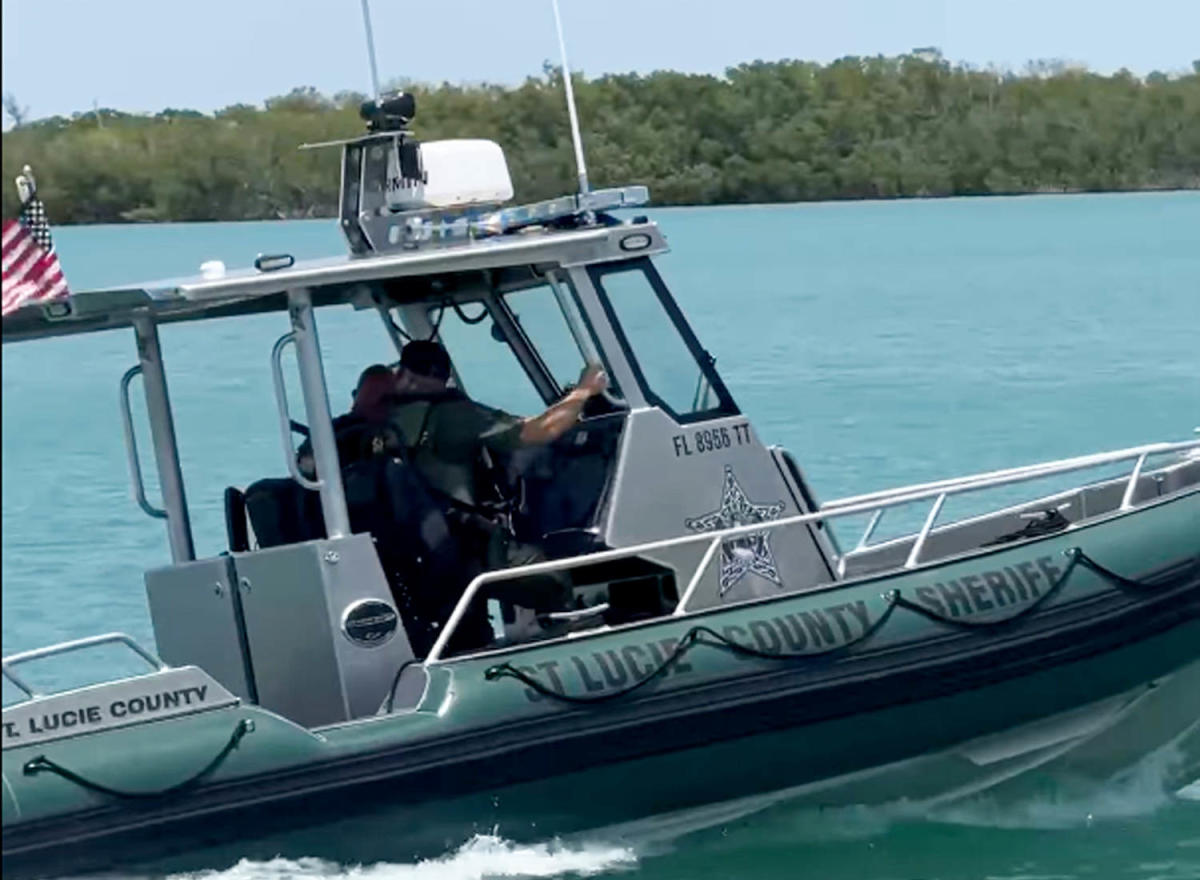The city of Wichita plans to pay a contractor $85,000 to tell the city what it should do with its water treatment plant after a new plant begins operating next year.
The Northwest Water Treatment Facility, a $573.2 million project nearing completion at Zoo Boulevard and Hoover Road, is expected to be completed in early 2025. Former Public Works and Utilities director Alan King said at the outset of the project that the city would likely “mothball” the Main Water Treatment Plant near the Wichita Art Museum while city officials decide if it’s worth salvaging.
The existing plant is more than 80 years old and has flirted with disaster for years, with boil water advisories in 2021 and 2022.
The City Council is expected to vote Tuesday on a contract with engineers at Burns & McDonnell, one of the firms building the new water treatment plant under the joint venture Wichita Water Partners, to “develop options for the use of the existing main water treatment plant,” City Manager Robert Layton said.
“Consultant assistance is needed for defining options, developing estimated costs, and evaluating feasibility,” the city council agenda report says. “After a preferred option is chosen by the City, the consultant will complete a 5% design for identification of capital improvement needs through a contract amendment.”
The 5% design would require a contract amendment to increase what it pays Burns & McDonnell.
The Main Water Treatment Plant was built in 1939, expanded in 1954 and partially upgraded in 1992. It is capable of treating 160 million gallons of drinking water a day, but its aging infrastructure puts it at high risk of failure.
One option under consideration — demolishing the plant — appears to be at odds with concerns raised by state regulators, city officials and consultants, unless the city has a plan to replace it. Its likelihood of failure and status as the city’s sole water treatment plant raised concerns with the Kansas Department of Health and Environment and helped the city secure a $280.9 million loan from the EPA.
“The single water treatment plant and the overall poor condition of the (Main Water Treatment Plant) constitute an unacceptable level of risk to the City of Wichita and the region,” the city said in its 2018 application for federal funds to finance a new plant. “KDHE has identified this situation as ‘critical.’”
If the city demolishes the Main Water Treatment Plant, the Northwest Water Treatment Facility would become a new single source of treated water for more than 500,000 people. That means a catastrophic failure, natural disaster, cyber incident or terrorist attack at one plant could cut off the water supply for all of the city’s customers.
Other options included in the city’s agenda report would be in keeping with previous consultant studies on the city’s future water treatment needs. They include preserving the plant for future or emergency use or continuing to operate the plant in a reduced capacity.
With two water plants, the city could continue delivering water to customers if one plant went down.
A second plant would also bolster the city’s water treatment capacity for future growth. The Northwest Water Treatment Facility is expected to be capable of treating 120 million gallons a day, enough to handle the city’s peak water demand of 118 million gallons a day. But the city’s maximum day demands are expected to be more than 125 million gallons a day by 2035 and nearly 130 million gallons a day by 2060, according to the city’s Water and Sewer Master Plan, completed by Burns & McDonnell.
Other consultant studies have also looked at what the city should do with the Main Water Treatment Plant.
A 2017 study by CH2M considered 12 possible options for the future of the city’s water treatment facilities. Four of those options included building the Northwest Water Treatment Facility with the capacity to treat 120 million gallons a day, as the city eventually did.
The options were then ranked based on several factors including regulatory compliance, public confidence, cost, system reliability, environmental impact and public health.
Of those four options, the highest ranked plan called for major repairs to storage basins at the Main Water Treatment Plant by 2037 and a full rehabilitation of the 160 million gallon a day plant by 2039. The lowest ranking went to the option that called for eliminating some of the storage basins by 2039 and constructing a second, completely new 120 million gallon a day water treatment plant by 2039.
Signup bonus from




